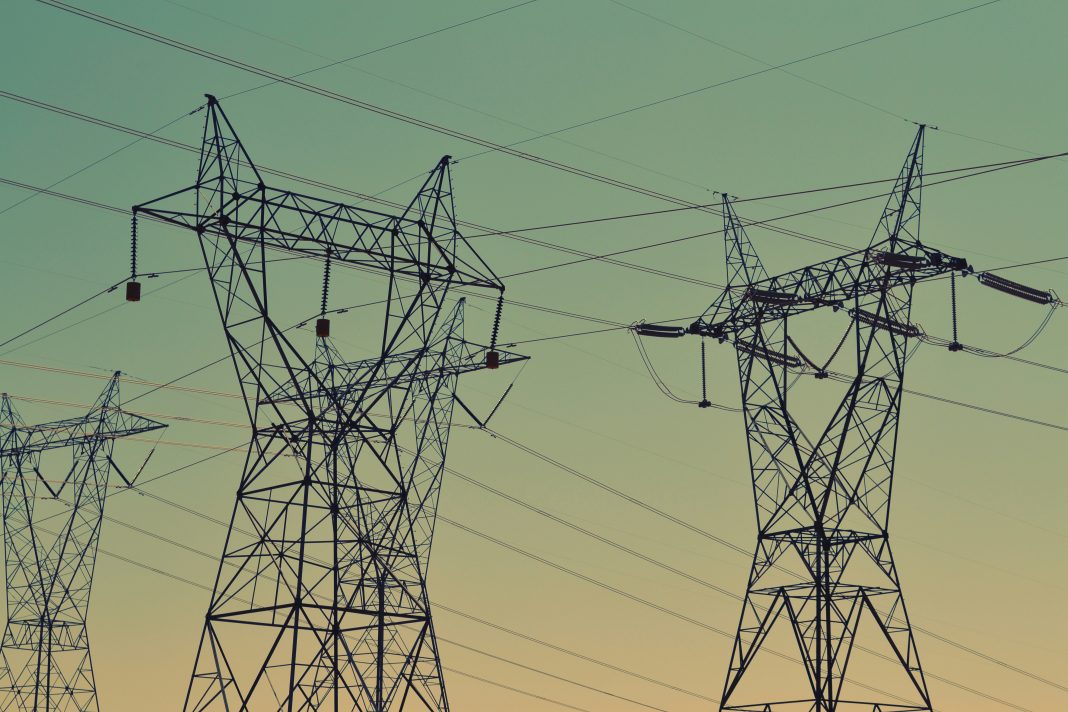More electricity trade is urgently needed to curtail Europe’s risky dependence on gas imports – from Russia, the US and the Gulf – and to speed the transition to net zero. During the gas crisis and the curtailment of France’s nuclear fleet in 2022-23, the integrated European grid kept the lights on, by allowing electricity to flow to countries with severe power shortages. But, as intermittent renewables rise in the power mix, more cables will have to be built to allow power to flow from sunny, windy areas to cloudy, becalmed ones. The roll-out of interconnectors – the technical term for cables between Europe’s wholesale electricity markets – is too slow. To optimise the European grid by 2030, Europe needs a third more interconnectors than those that are currently in the planning and construction stages. A recent surge in agreements between governments means that gap will shrink to a fifth by 2040. But interconnectors take about ten years to build, so lag times are long, making rapid action now all the more important.
Author: John Springford, Associate fellow, Centre for European Reform.
This article is available on the Centre for European Reform.



